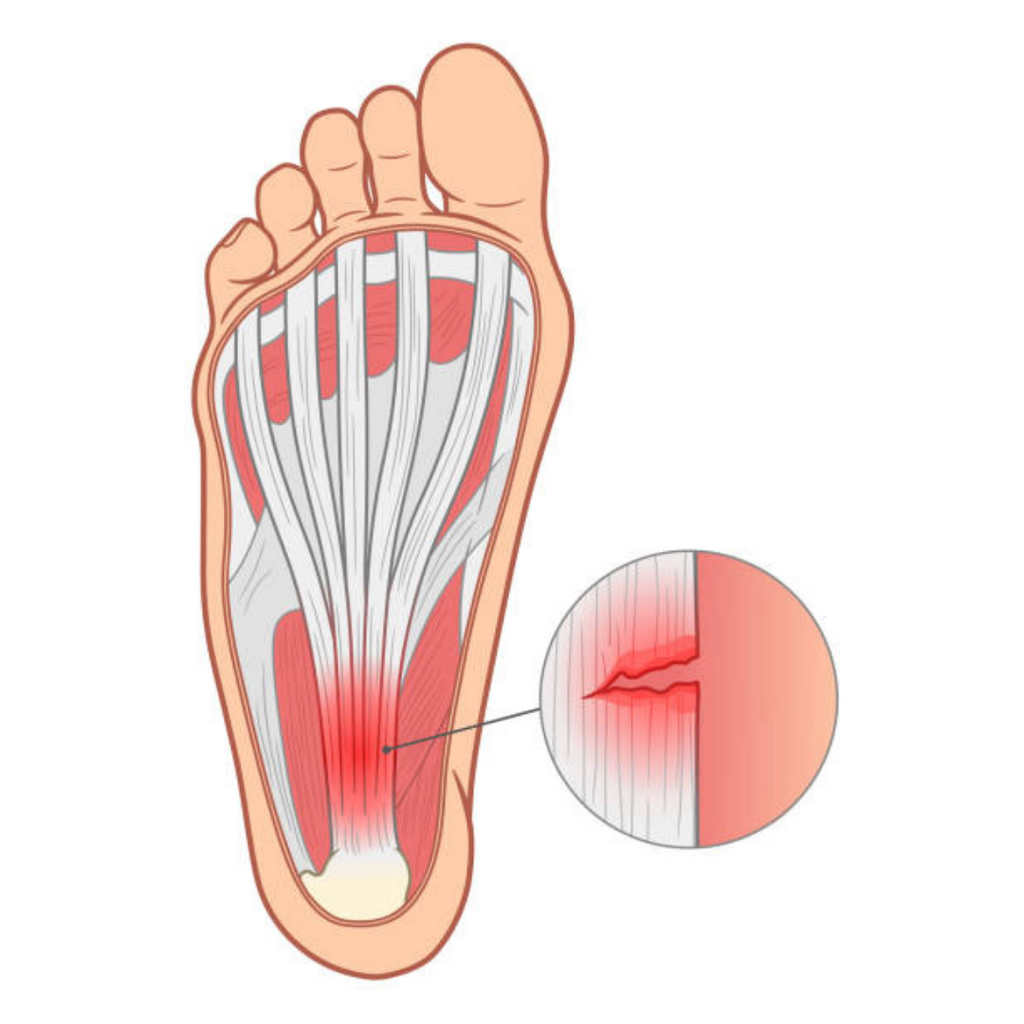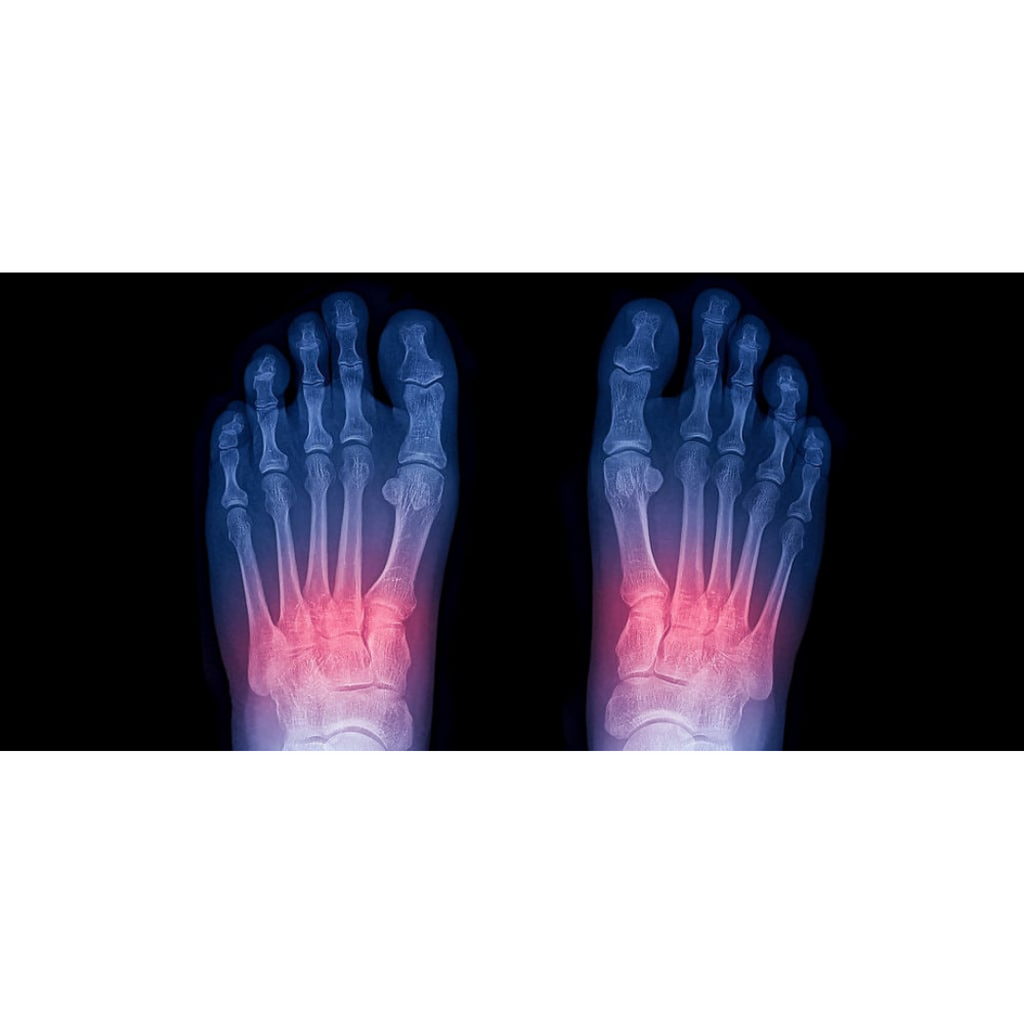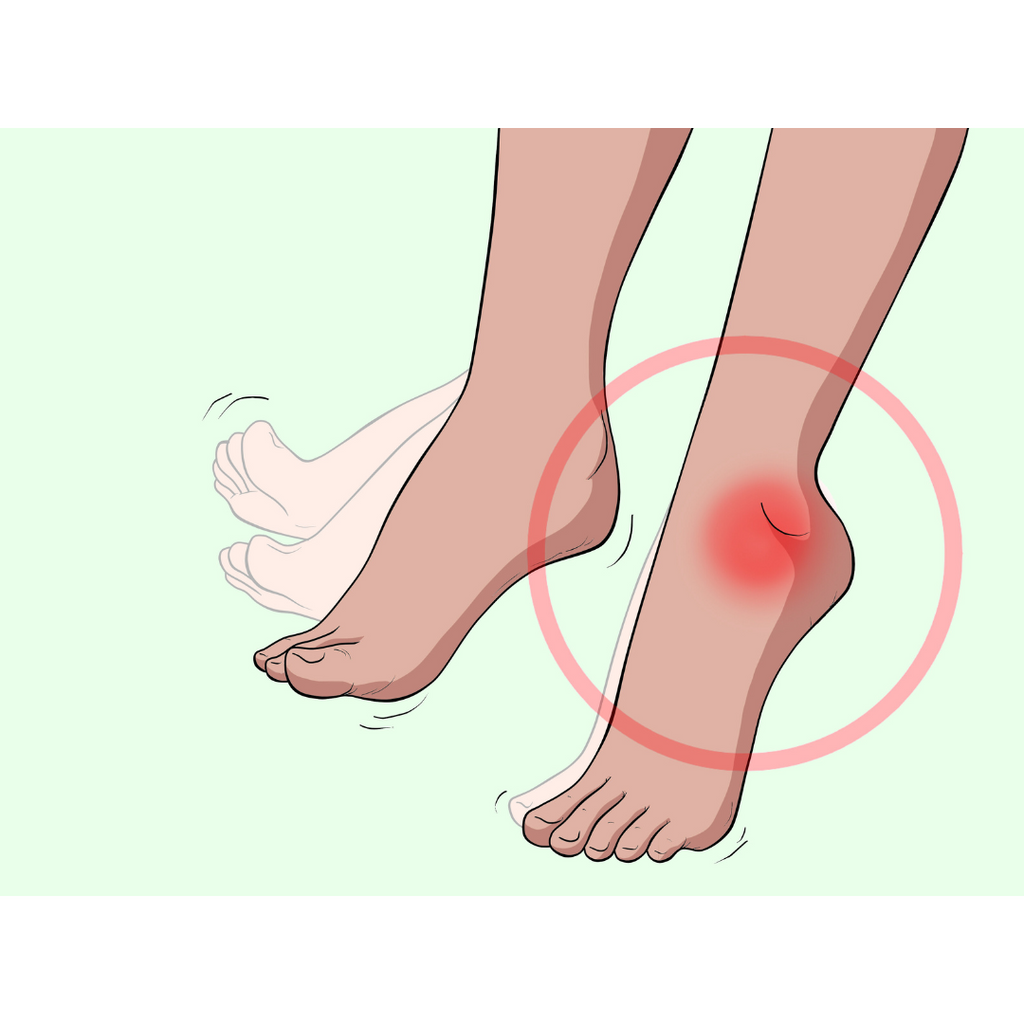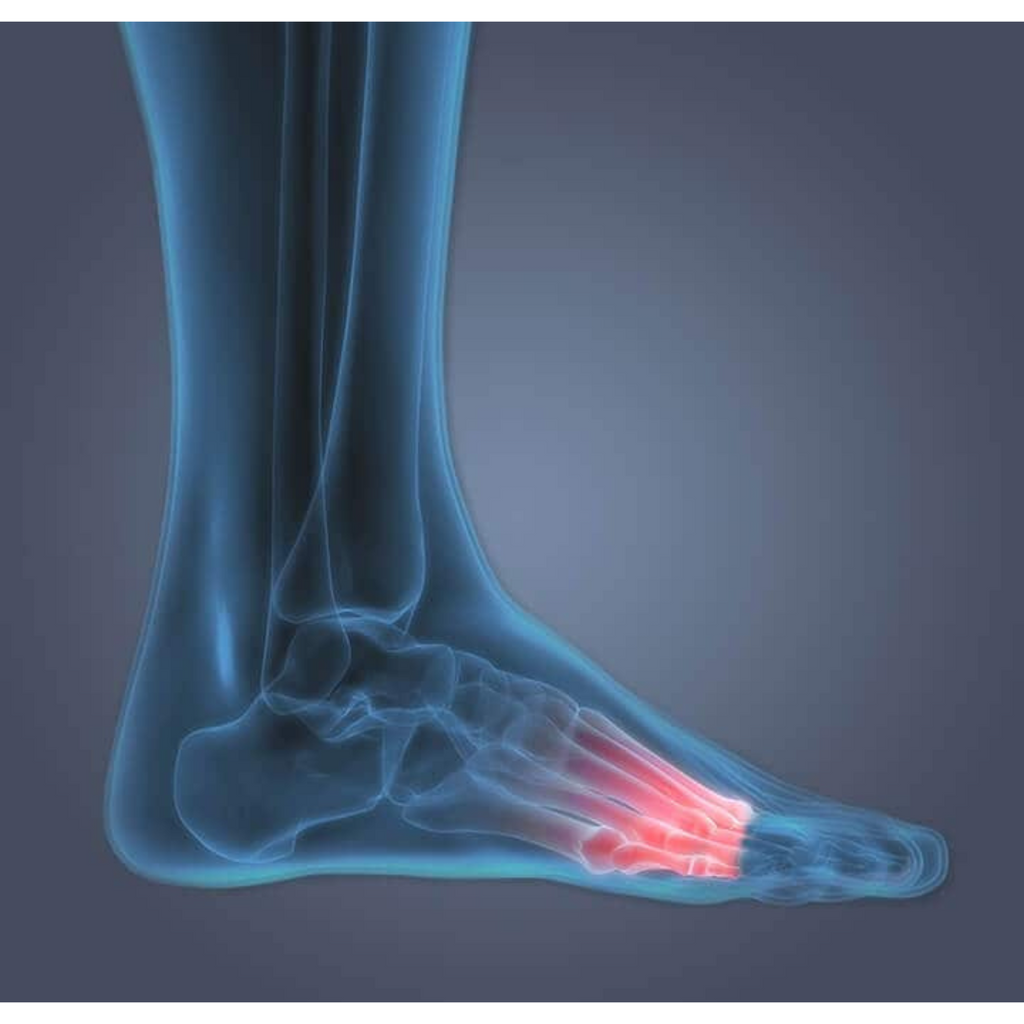You may have come across or been recommended compression stockings if you have been suffering from foot pain or soreness. Many people are unsure what compression socks are, how they work, and whether they are appropriate for them. All of these questions, and more, are addressed in this article.
What Are Compression Socks?
Compression socks are a type of support stocking that provides light pressure support while also improving circulation in the lower limbs and legs. They come in a variety of sizes, shapes, and colors. They are most commonly found in tan or tan colors that are fairly translucent.
Compression socks are frequently recommended by doctors and healthcare providers to those who have leg problems or are at risk of deep vein thrombosis (DVT). Otherwise, pregnant women, athletes, and people who spend the majority of their time on their feet may find that wearing compression socks improves their comfort.
Because the socks are designed to add pressure, they may appear small until they are stretched and worn on the foot. Compression socks typically apply the most pressure around the foot and ankles, gradually reducing pressure upwards towards the knees.
Doctors frequently prescribe compression socks, but they are widely available in medical supply stores and pharmacies. These socks come in a variety of pressure grades; compression socks rated 11-20 mmHg provide mild compression, whereas socks rated 20-30 mmHg provide firmer compression.
The socks are also available in three different lengths: knee high, thigh high, and ankle length. Choosing the right socks is determined by the reason you are wearing them.
When having treatments on your legs, thigh high lengths are frequently recommended because the involved veins will run the entire length of the leg. Knee high compression socks are recommended for improving comfort and blood circulation because they are easier to wear and individuals are more likely to wear them on a regular basis.
How Do Compression Socks Work?
Compression socks, unlike traditional socks and stockings, have more elasticity, putting more pressure on your legs, ankles, and feet. They are most restricted around the ankles and gradually loosen as they rise to the knees and thighs.
By compressing the surface veins, arteries, and muscles forcing blood through narrower channels, compression socks work. This raises arterial pressure, causing more blood to return to the heart and decreasing blood pooling in the feet.
Anything that obstructs blood flow, such as circulation issues or a reduction in movement, can cause blood to pool in the veins of the feet. This causes leg swelling as well as achiness and fatigue. Applying pressure to these areas on purpose can also improve the flow of lymph – the fluids that bathe the cells in the legs, reducing tissue swelling.
According to a study published in the American Journal of Nursing, a large number of patients were wearing their stockings incorrectly. They discovered that many patients were either given the incorrect size or wore their compression socks wrinkled. This can put undue strain on the skin and lead to additional complications.
Thigh high socks were reported to be uncomfortable by many patients, whereas knee high socks were more likely to be perceived as comfortable. As a result, in order to reap the benefits of wearing compression socks, they must be worn correctly throughout the day.
When to Wear Compression Socks
Compression Socks are recommended by doctors for a variety of reasons and medical conditions, including:
Tired and aching legs: This could be an indication of blood flow slowing down in the legs, which could indicate the onset of a DVT.
Varicose veins: are swollen and enlarged veins that appear blue or dark purple on the legs and feet. These can cause painful venous inflammation and are an indication of venous disease.
Spider veins: small cutaneous blood vessels that run through the skin and appear blue or red.
Deep Vein Thrombosis (DVT): When blood flow in the lower extremities decreases and blood begins to pool in the legs. This increases the likelihood of blood clot formation.
Oedema: a condition in which opposing forces within small blood vessels and capillaries cause a net ultrafiltration of plasma water into soft tissues.
Lymphedema: A condition in which a body part swells due to an abnormal accumulation of lymph fluids. This happens when the regular drainage of lymph fluid back into the bloodstream is disrupted.
Chronic Venous Insufficiency: A condition in which the veins are unable to efficiently return deoxygenated blood to the heart.
ECS (Economy Class Syndrome): Compression socks have also been shown to help prevent swollen ankles and feet that can occur during long flights. They can also reduce the risk of blood clots forming during long flights due to both increased cabin pressure and prolonged inactivity due to restricted space.
Pregnant women can benefit from wearing maternity compression socks in addition to these medical conditions. Compression socks can help pregnant women by alleviating symptoms related to circulatory problems.
Women who wear them throughout their pregnancy often report having more energy and less leg and foot pain.
Athletes can wear sports compression socks to delay muscle soreness, allowing them to meet workout goals and push themselves and their performance levels further.
Compression socks can help to disperse lactic acid and reduce feelings of muscle fatigue after a workout by increasing blood circulation in the feet, ankles, and legs.
How Long to Wear Compression Socks For
In case of having been prescribed compression socks because of a medical condition that causes poor blood circulation, you will most likely need to wear them for several years, if not your entire life. If you have a blood clot, you should wear the socks for at least two years.
When patients are placed on bed rest or have long periods of inactivity following surgery, compression socks are frequently recommended. Doctors frequently advise patients to wear the socks as much as possible until they can move freely.
If you are wearing compression socks for non-medical reasons and for comfort, such as during pregnancy, travel, or sports training, you can wear them all day. Many healthcare professionals recommend experimenting to see what is most comfortable for you starting with a low compression level.
The Benefits of Compression Socks
Many patients are perplexed as to what compression socks do, but they operate on a very simple principle. By applying pressure to the legs, compression socks improve venous blood flow, allowing venous blood to flow back to the heart.
Because of the increased blood flow, less venous blood pools in the legs, lowering the risk of blood clots and reducing leg swelling. Numerous medical studies have been conducted to demonstrate the benefits of wearing compression socks. Among these advantages are:
- A study of flight attendants discovered that wearing light compression socks reduced tired, aching legs while also reducing discomfort and swelling.
- Several studies have discovered that wearing properly fitted compression socks can help prevent the development of post-thrombotic syndrome, a serious complication of DVT.
- Compression garments that are professionally manufactured and of high quality have been shown to shorten the healing time for patients with leg ulcers.
- Medical grade compression socks have been shown to keep leg veins in better condition in cases of serious injury or following surgery where patients are unable to move their legs. As a result, the risk of developing a DVT was reduced.
- Compression socks can provide the same level of support as a bandage, but one of their main advantages is that they can be worn for extended periods of time throughout the day without becoming uncomfortable or impractical.
- They are a low-cost product that can help with a variety of conditions.
Talk to your doctor about the subject matter details to learn more about how compression stockings work and whether they are suitable for you.






